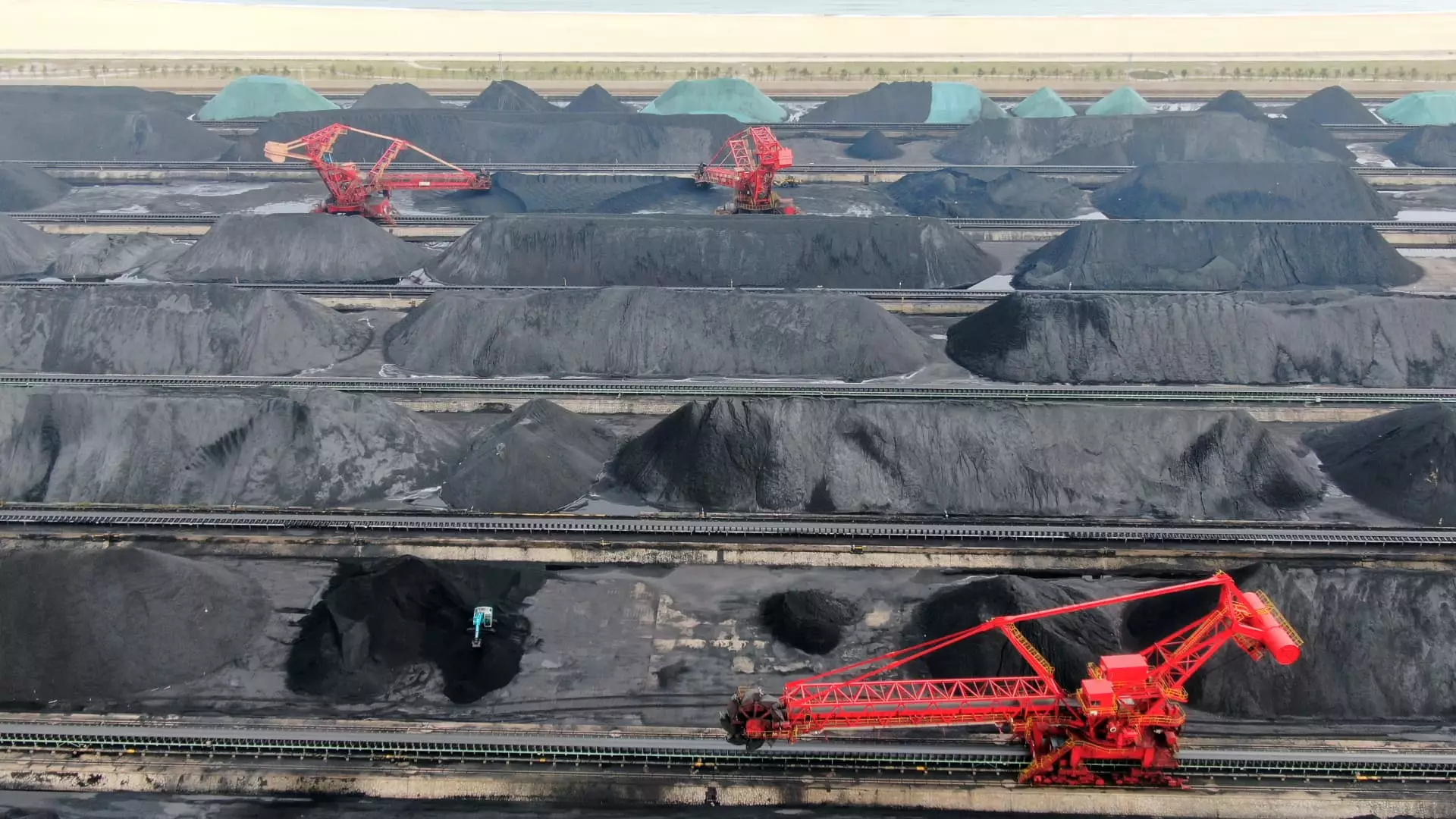As China grapples with an array of economic challenges, the continuous decline in industrial profits resurfaces as a major concern. The latest report reveals a drop of 7.3% in November year-on-year, marking the fourth consecutive month of negative growth in industrial earnings. This decline, although less severe than previous months—where profits decreased by 10% in October and plummeted 27.1% in September—illustrates a persistent struggle within China’s industrial sector, which remains a critical backbone of the national economy.
Analysts have flagged this downturn as symptomatic of broader disinflationary pressures that the Chinese economy is currently experiencing. Suan Teck Kin, a leading researcher at UOB, suggests that while the steep declines are noteworthy, there are signs that the economy may be reaching its nadir. He asserts that with the implementation of additional stimulus measures, a turnaround could be on the horizon, indicating a stabilization phase for industrial profits.
Industrial profits in China serve as a substantial indicator of the financial health of various sectors, including manufacturing, utilities, and mining. With the government heavily invested in economic stimulus strategies, tracking these profits sheds light on how effectively these initiatives are translating into real-world gains for businesses. The data from January to November reveals an overall 4.7% decline in industrial profits compared to the previous year, which is a slight deterioration from the 4.3% drop observed in the first ten months of the year.
A detailed examination of sector-specific data reveals contrasting performances: while mining saw a staggering profit decline of 13.2%, the utilities sector—including electricity, gas, and water supply—experienced a profitable surge with a 10.9% increase in the same timeframe. This divergent performance underscores the uneven recovery across different industrial verticals, raising questions about the effectiveness of the government’s stimulus packages and policymaking.
Consumer Sentiment and Economic Headwinds
Despite recent reports indicating a slight recovery in manufacturing activity—with the sector expanding for two consecutive months and reaching a five-month high—the overall economic environment remains fraught with uncertainties. Consumer demand remains subdued, contributing to a disinflationary landscape that complicates the recovery narrative. The recent decline in consumer inflation, now at a five-month low, coupled with disappointing retail sales figures highlights ongoing challenges that could stifle future growth.
These unfavorable conditions suggest that while production levels may see limited recovery, the underlying consumer sentiment and spending power—critical levers of economic momentum—are still significantly weakened. Such sluggish consumer behavior poses risks not only for industrial output but also for long-term economic stability.
Significant policy adjustments have been made in response to these economic challenges, with China’s top officials committing to enhance their monetary easing tactics. This includes contemplating interest rate cuts, a move designed to invigorate both household spending and business investments. The World Bank’s recent upward revision of China’s growth forecast to 4.9% for 2024 demonstrates a cautious optimism surrounding these policy efforts. However, the forecast of 4.5% growth for 2025—a modest increase from earlier predictions—highlights persistent concerns over a beleaguered property sector and low consumer confidence.
The road ahead is undoubtedly fraught with complications, as improving economic indicators are negated by stronger headwinds. Households and businesses continue to exhibit caution, impacting investments and consumption profoundly. As policymakers strive to stimulate the economy, it will require a meticulous balance of interventions to nurture a sustained recovery.
While industrial profits indicate some potential signs of recovery, the overarching context of disinflation and weak consumer demand raises substantial questions about the stability of this rebound. The Chinese government’s commitment to implementing robust stimuli may yield positive outcomes in the long run; however, the effectiveness of these policies in instilling confidence among consumers and businesses remains to be seen. As analysts continue to monitor these developments, China faces the immense challenge of navigating its complex economic landscape with both caution and determination.



Leave a Reply